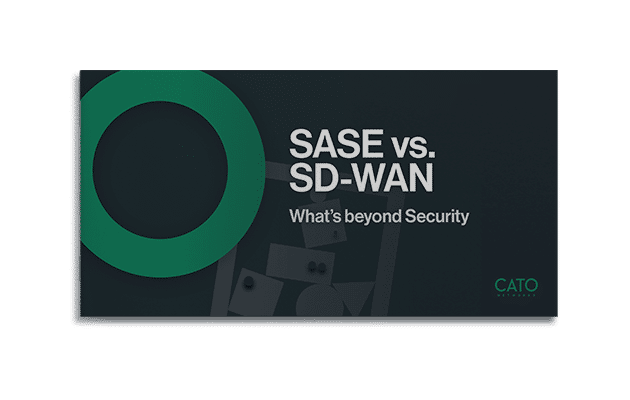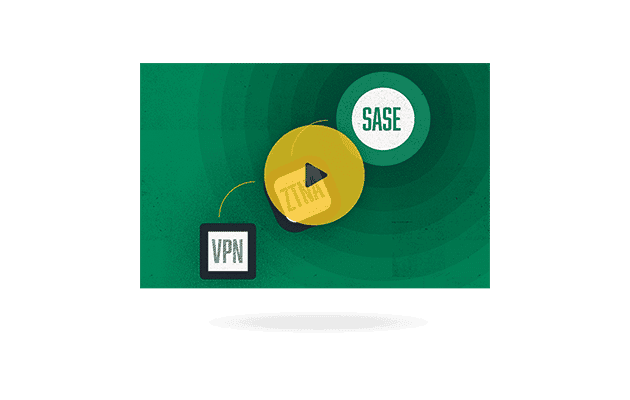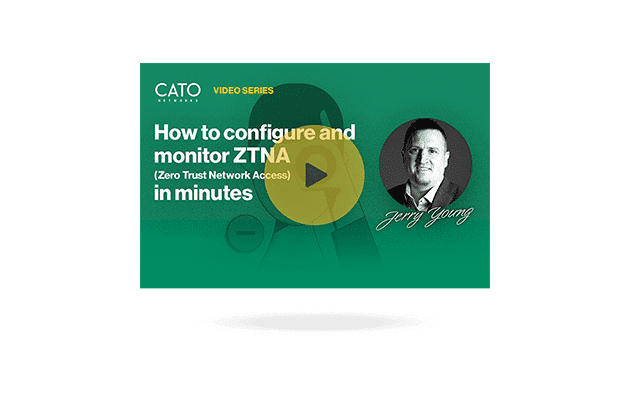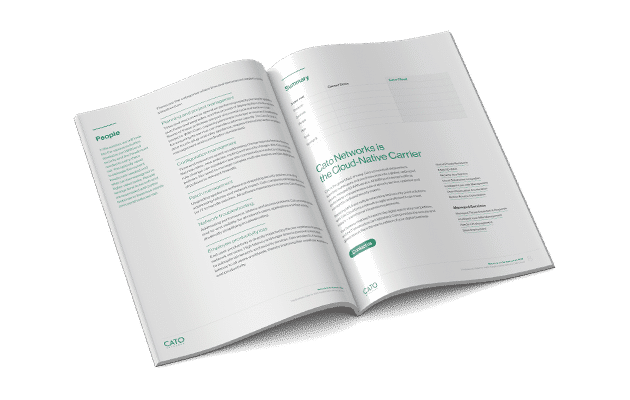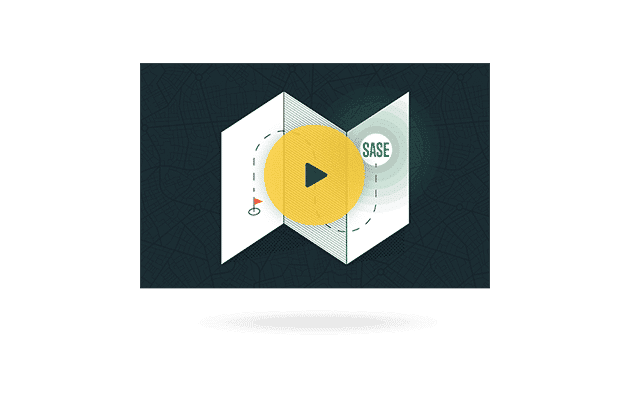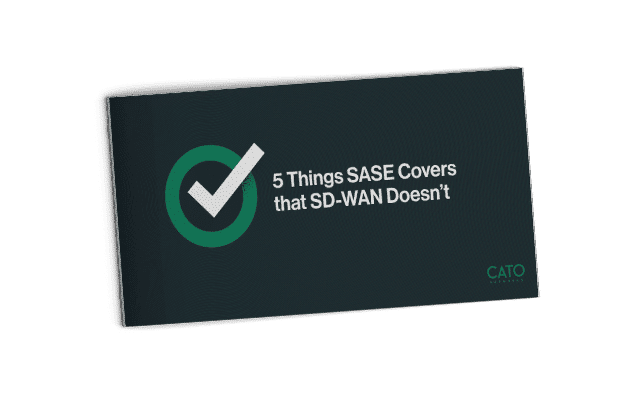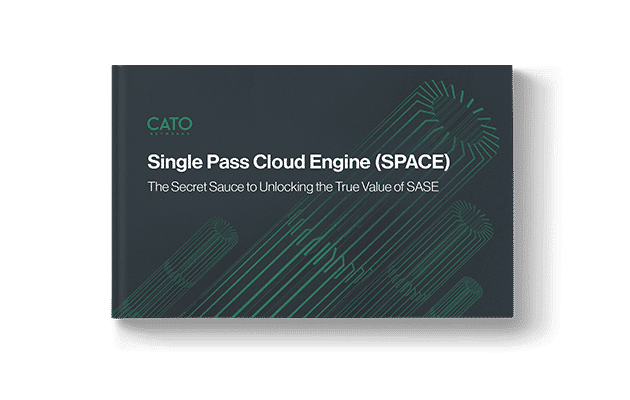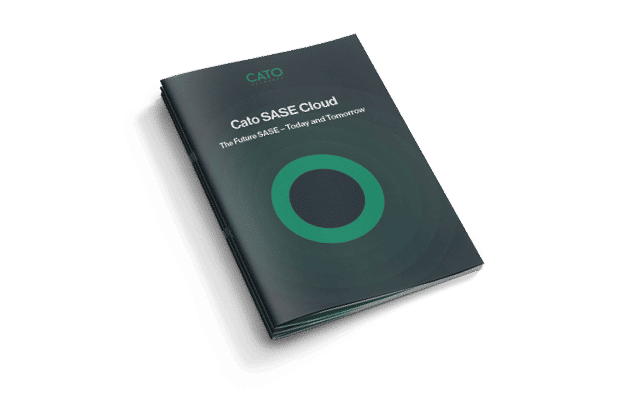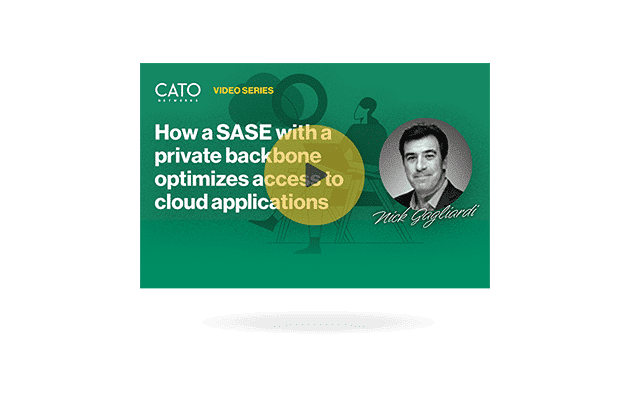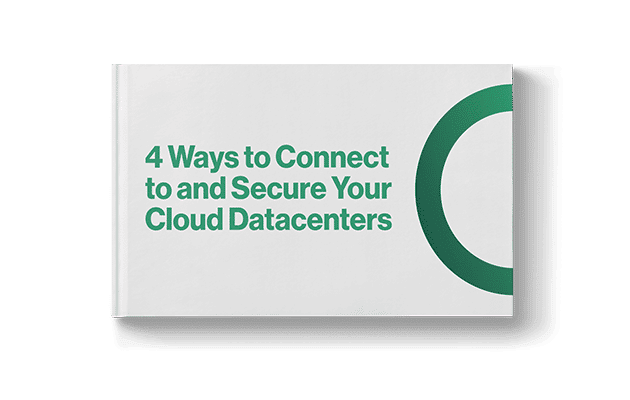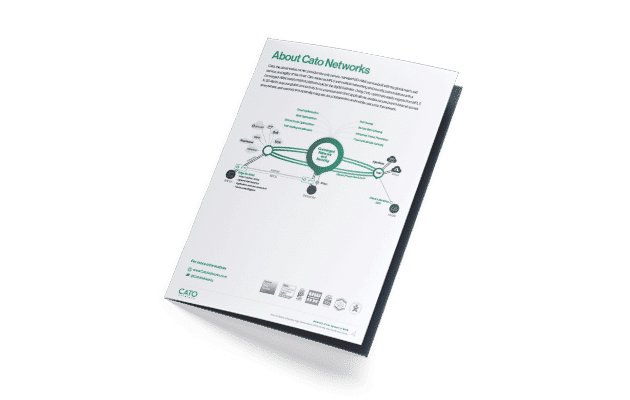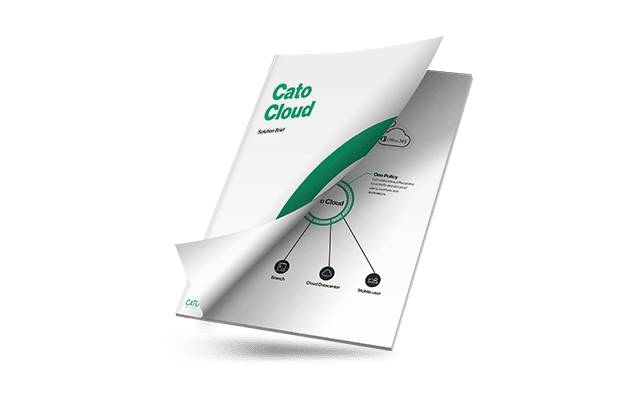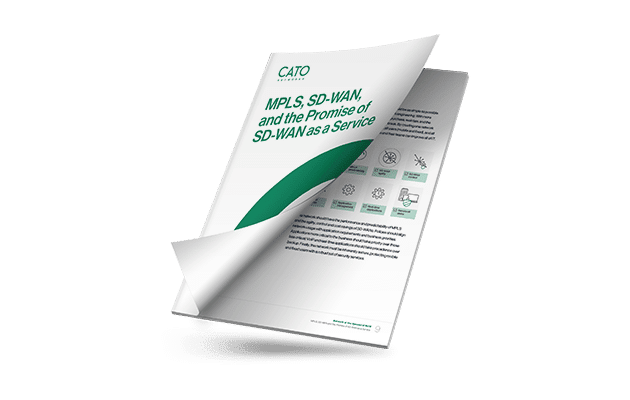- SASE
- Plate-forme
- Architecture
- Composants de base
Plate-forme de traitement convergé à passage unique, de service cloud global intégré et personnalisé, et de données ouvertes.
- Principes de la conception
Visibilité et contrôle à 360 degrés, cycle de vie et gestion de la posture autonomes, déploiement graduel à faible risque et gestion universelle.
- IA et apprentissage machine
IA/AM pour le renseignement sur les menaces et l’identification des applications non classifiées, modèles d’apprentissage automatique pour la classification des dispositifs, et GenAI pour la productivité.
- Composants de base
- Capacités
- Fonctionnalités
- Architecture
- Sécurité
- Cas d’usage
- Clients
- Partenaires
- Services managés
- A propos
- Ressources
- SASE
- Plate-forme
- Architecture
- Composants de base
Plate-forme de traitement convergé à passage unique, de service cloud global intégré et personnalisé, et de données ouvertes.
- Principes de la conception
Visibilité et contrôle à 360 degrés, cycle de vie et gestion de la posture autonomes, déploiement graduel à faible risque et gestion universelle.
- IA et apprentissage machine
IA/AM pour le renseignement sur les menaces et l’identification des applications non classifiées, modèles d’apprentissage automatique pour la classification des dispositifs, et GenAI pour la productivité.
- Composants de base
- Capacités
- Fonctionnalités
- Architecture
- Sécurité
- Cas d’usage
- Clients
- Partenaires
- Services managés
- A propos
- Ressources
Home Cato SASE Cloud with SSE 360
Cato SASE Cloud with SSE 360
Cato optimally and securely connects all enterprise locations, users, applications, and clouds, into a global and secure, cloud-native service. Cato can be gradually deployed to replace security point solutions and legacy network services.
SSE 360
Cato’s cloud-native security stack, SSE 360, is built using the Cato Single Pass Cloud Engine (SPACE) architecture and converges the following capabilities: Secure Web Gateway (SWG), Cloud Access Security Broker (CASB), Data Loss Prevention (DLP), Remote Browser Isolation (RBI), Zero Trust Network Access (ZTNA/SDP), and Firewall as a Service (FWaaS) with Advanced Threat Prevention (IPS, Next Generation Anti-malware). SSE 360 scales to decrypt and inspect all enterprise traffic, without the need for sizing, patching, or upgrading of appliances and other point solutions. Security policies and events are centrally and uniformly managed using the self-service Cato Management Application.
Cato can further secure your network with a comprehensive Managed Threat Detection and Response (MDR) service to detect compromised endpoints.
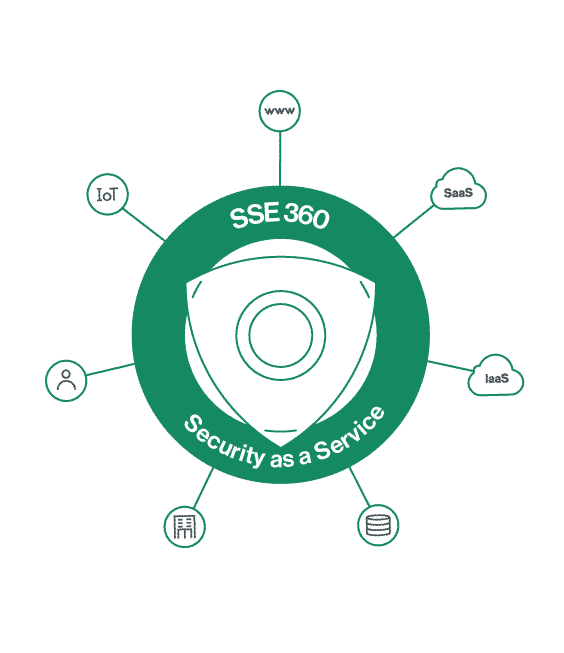
Remote Access
Cato SASE Cloud provides users with zero trust network access (SDP/ZTNA) to on-premises and cloud applications using laptops, tablets, and smartphones. With a Cato Client or Clientless browser access, users securely connect to the nearest Cato PoP using strong Multi-Factor Authentication. Traffic flows only to applications authorized for the users based on identity, access policy, and user context. Throughout the session, traffic is fully inspected by Cato’s security stack to prevent malware propagation from compromised endpoints.
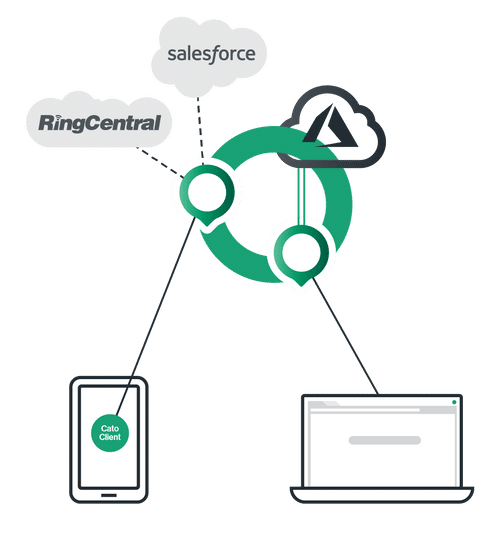
Edge SD-WAN
The Cato Socket SD-WAN device connects a physical location to the nearest Cato PoP via one or more last mile connections. Customers can choose any mix of fiber, cable, xDSL, and 4G/LTE connections.
The Socket applies multiple traffic management capabilities such as active-active link usage, application- and user-aware QoS prioritization, dynamic path selection to work around link blackouts and brownouts, and packet duplication to overcome packet loss.
The Socket can also route site-to-site traffic over MPLS and the Internet to address regional and application-specific requirements.
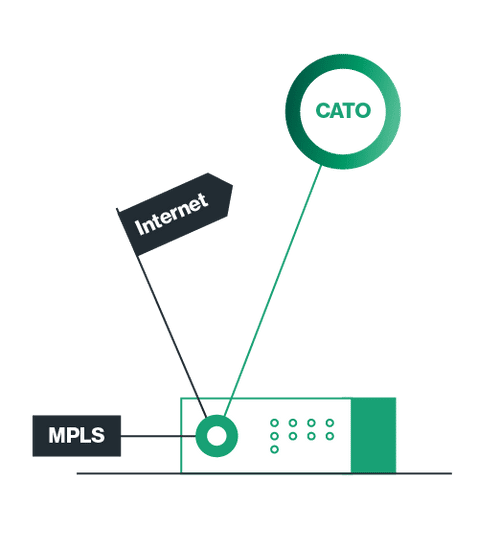
Global Private Backbone
Cato SASE Cloud runs on a private global backbone of 75+ PoPs connected via multiple SLA-backed network providers. The PoPs software continuously monitors the providers for latency, packet loss, and jitter to determine, in real-time, the best route for every packet.
Cato’s backbone design delivers end-to-end route optimization for WAN and cloud traffic, and a self-healing architecture for maximum service uptime. Our customers experience connectivity that is superior to the unpredictable public Internet and more affordable than global MPLS and other legacy backbones.

Gartner a salué
Cato Networks
à 13 reprises
Guide Gartner des services managés SD-WAN 2019
Hype Cycle de Gartner des entreprises moyennes 2021
Guide Gartner des réseaux privés virtuels 2020
Hype Cycle de Gartner des technologies de lutte contre les menaces 2019
Guide Gartner de l’accès réseau Zero Trust 2020
Hype Cycle de Gartner du Edge Computing 2021
Hype Cycle for Business Continuity Management and IT Resilience, 2021
Hype Cycle de Gartner de la sécurité réseau 2021
Hype Cycle de Gartner des réseaux d’entreprise, 2021
Hype Cycle de Gartner de l’espace de travail numérique 2021
Hype Cycle de Gartner de la sécurité cloud 2021
Gartner Hype Cycle for Cloud Computing, 2021
Gartner does not endorse any vendor, product or service depicted in its research publications, and does not advise technology users to select only those vendors with the highest ratings or other designation. Gartner research publications consist of the opinions of Gartner’s research organization and should not be construed as statements of fact. Gartner disclaims all warranties, expressed or implied, with respect to this research, including any warranties of merchantability or fitness for a particular purpose
Multi-cloud / Hybrid-cloud
Cato integrates with major cloud providers, such as Amazon AWS, Microsoft Azure, and Google Cloud with secure IPSec tunnels or a Cato vSocket virtual appliance. Deployment is fast and simple and connecting a cloud datacenter to Cato takes minutes. All traffic to and from the cloud DC is subject to full security inspection by Cato’s built-in security stack, SSE 360 and is optimally routed from the edge to the cloud providers. With Cato, customers can eliminate the need for premium cloud connectivity solutions such as AWS DirectConnect and Microsoft Azure ExpressRoute
SaaS optimization
Cato optimally routes traffic to public cloud applications, such as Office 365, Salesforce, Box, UCaaS, and Cloud ERP, from the enterprise edge to the doorstep of the cloud application’s datacenter. Cato accelerates end-to-end throughput up to 20x, boosting application performance for bandwidth-intensive operations like file upload and download.
All traffic and files exchanged with the cloud application are fully inspected by Cato’s security stack, SSE 360, to protect users from threat, attacks, and data loss.

Cato Management Application
Cato provides a cloud-based and self-service management application to control the entire service. It includes full network and security policy configuration, and detailed analytics on network traffic and security events. To experience the ease of use and deep visibility of Cato Management Application, please request a demo.
Self-service management is a unique advantage of Cato over legacy managed network services providers that require customers to submit tickets for any change to the network. If needed, Cato and its partners offer managed service options. In all cases, Cato maintains the underlying platform so customers do not need to upgrade, patch, or otherwise maintain the Cato SASE Cloud.










